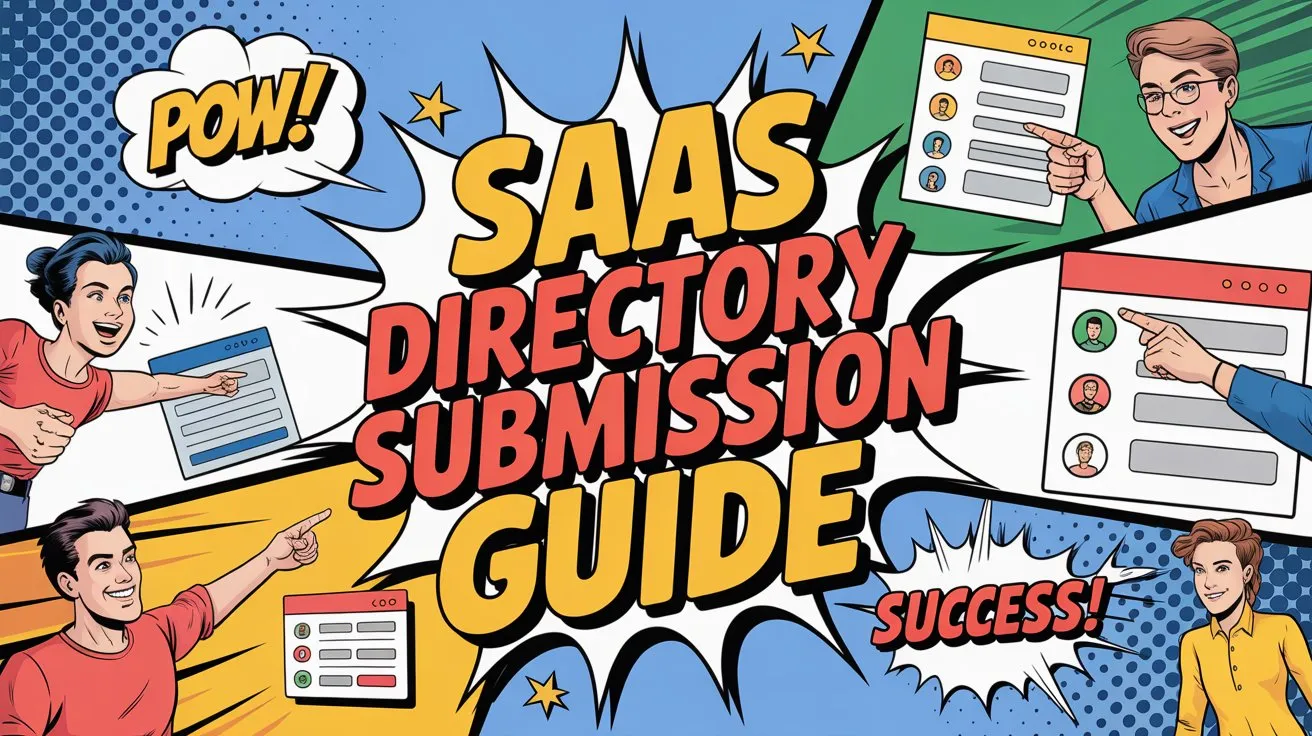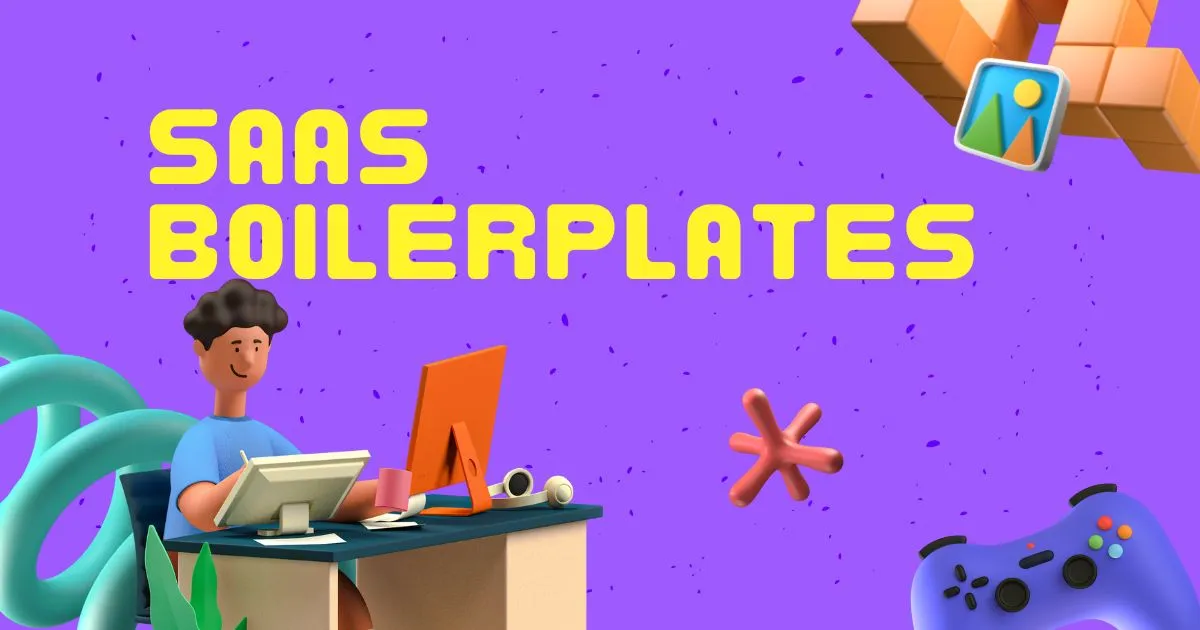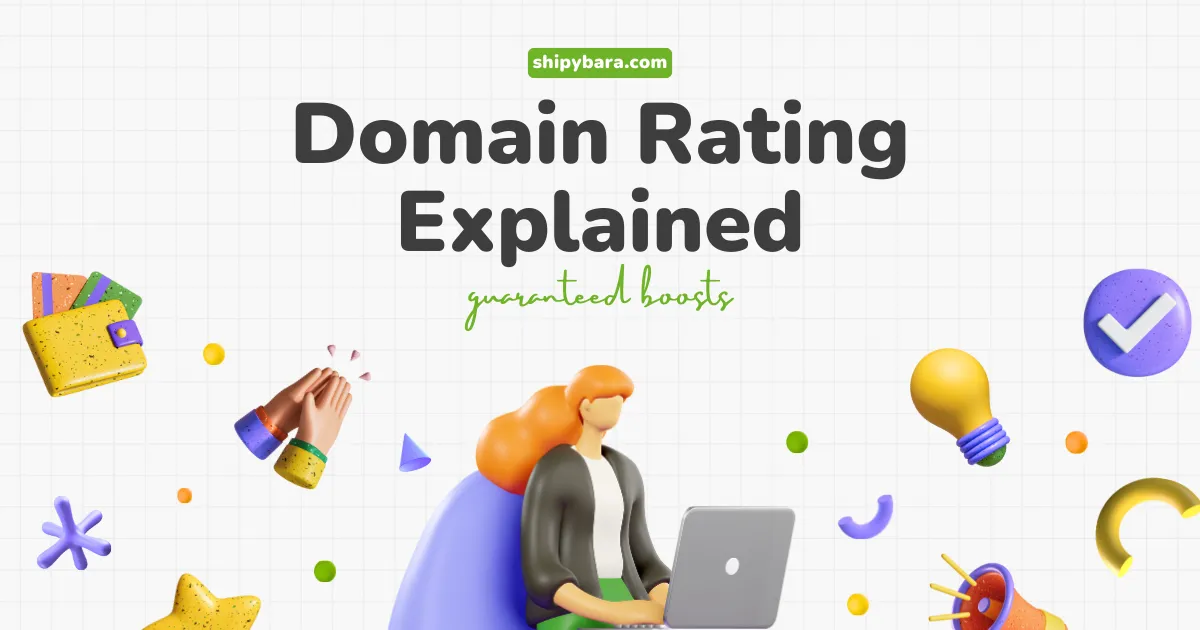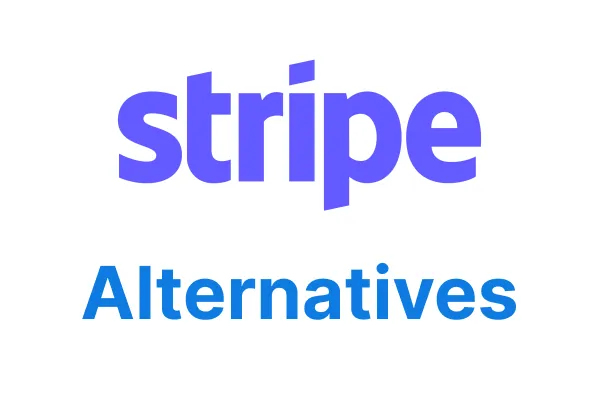SaaS Directory Submission Guide: Get Users & Backlinks
Learn why submitting your SaaS to launch directories gets you first users, powerful backlinks, and better SEO. Plus how to automate submissions.

You just launched your SaaS. Maybe you hit up Product Hunt, got a few upvotes, and called it a day. But here's the thing—Product Hunt is just one platform. There are literally hundreds of directories and launch platforms out there, and most founders completely ignore them.
Big mistake.
What Even Are SaaS Directories?
Think of them as online lists where people go to find new software. Some are general (like Product Hunt), others are super niche (tools for e-commerce, AI stuff, productivity apps, whatever). People actually browse these looking for solutions, which means free traffic for you.
The best part? Most of them let you submit for free.
Why Bother Submitting to Multiple Directories?
You'll Actually Get Users
This is the obvious one. Every directory you're listed on is another place potential customers can find you. And unlike social media where your post disappears in 24 hours, directory listings stick around forever.
These platforms get visitors who are:
- Looking for tools like yours right now
- Early adopters who love trying new stuff
- Actually willing to pay for software
One good listing can send you hundreds of visitors. Some of my launches brought in 500+ signups from a single directory. Not bad for 15 minutes of work.
The SEO Boost Is Real
Here's where it gets interesting. Every time you get listed on a directory, you get a backlink to your site. Google sees these links and thinks "oh, this site must be legit" and ranks you higher in search results.
Most directories have decent domain authority, so these backlinks actually matter. After submitting to 50+ directories, you'll notice:
- Your site starts ranking for your target keywords
- Google finds and indexes your pages faster
- You get more organic traffic over time
The crazy part? These links keep working forever. You submit once, and that link stays there sending you SEO juice for years. Try getting that ROI from Facebook ads.
AI Tools Will Start Recommending You
This one's newer but super important. ChatGPT, Claude, Perplexity—all these AI tools are scraping the web for information. When someone asks "what's the best [your category] tool?" these AIs look at directories to find answers.
The more places you're listed, the more likely an AI will mention your product. And trust me, people are searching for software recommendations through ChatGPT now instead of Google.
It Just Looks More Legit
When someone googles your product name and sees you're on 20 different platforms with reviews and ratings, it builds trust. You're not just some random site—you're a real product people are talking about.
The Problem: It Takes Forever
Okay, so submitting to directories is obviously worth it. But here's the catch—it's boring as hell.
Each platform wants different info. Some need videos, others want specific image sizes. You're creating accounts, filling out forms, waiting for approvals. Do this manually for 50 sites and you've just burned two weeks.
Most founders start strong, submit to 5-10 directories, then give up. I get it. You've got a product to build and customers to support. Who has time to fill out 100 forms?
Enter Automated Submission Services
This is where LaunchDirectories.com becomes your best friend.
They've got two things that'll save your life:
-
A huge list of Product Hunt alternatives - All the directories worth submitting to, in one place. No more googling "best launch platforms" and clicking through 10 blog posts.
-
Automated submission service - They'll submit your startup to 30, 50, or 100 directories for you. You give them your info once, they handle the rest.
Instead of spending weeks on manual submissions, you pay once and it's done. Then you can get back to actually running your business.
The math is simple: your time is worth something. If submitting manually takes 20 hours and an automated service costs $200, you're paying yourself $10/hour. Unless that's your hourly rate, automation wins.
How to Actually Do This Right
Whether you go manual or use a service, here's what works:
Get Your Assets Ready
You'll need:
- A killer one-liner (think Twitter bio, not corporate mission statement)
- 3-5 screenshots that actually show your product
- A demo video (even a quick screen recording works)
- Your logo in a few different sizes
- Clear pricing info
Don't overthink it. Done is better than perfect.
Don't Wait for "The Perfect Time"
Your product doesn't need to be finished. MVP is fine. Just make sure:
- It works without crashing every 5 minutes
- You have a landing page
- You can actually support the people who sign up
I've seen people spend 6 months "getting ready" for a launch. Meanwhile, their competitors are already getting users.
Actually Engage When People Comment
When someone leaves a comment or question on your listing, respond. Fast. It shows you care and keeps the conversation going, which helps with visibility on most platforms.
Plus, early users often give you the best feedback. Don't ghost them.
Track What's Working
Set up UTM parameters so you know which directories are sending traffic. After a month, you'll see patterns:
- Directory A sent 500 visitors but zero signups (wrong audience)
- Directory B sent 50 visitors and 10 paying customers (goldmine)
Double down on what works.
Which Directories Should You Target?
There are a few categories worth hitting:
Big launch platforms - Product Hunt, BetaList, Launching Next. Everyone knows them, they get tons of traffic.
SaaS marketplaces - Capterra, G2, GetApp. These are where people with budgets look for tools.
Niche directories - Find lists specific to your industry or type of product. A marketing tool should be on marketing directories, an AI tool on AI directories, etc.
Indie maker communities - Places like Indie Hackers where other founders hang out. Good for B2B products.
LaunchDirectories.com has all these categorized, which saves a ton of research time.
The Compounding Effect
Here's the thing about directory submissions—they keep working.
That backlink you got in month 1? Still helping your SEO in month 12. That listing that sends you 2-3 signups a month? That's 24-36 customers per year from one submission.
Do this across 50 directories and suddenly you've got a steady stream of organic traffic and signups without spending a dollar on ads.
Real Talk: Just Do It
Look, I'm not saying directory submissions will make you a unicorn overnight. But they're one of the highest ROI marketing activities you can do as a startup.
Low effort (especially with automation), zero ongoing cost, permanent results. That's rare in marketing.
Most founders skip this because it seems tedious or "old school." Which means less competition for you.
So either block out a weekend and do it manually, or check out LaunchDirectories.com and let them handle it. Either way, just get it done.
Your future self (the one with better SEO and more organic traffic) will thank you.
Quick Action Plan
Here's what to do today:
- Prep your submission materials (screenshots, description, etc.)
- Head to LaunchDirectories.com to see their list of directories
- Either start submitting manually or grab one of their submission packages
- Set up tracking so you can measure results
- Watch the traffic roll in
The hardest part is just starting. Once you're in 20+ directories, you'll wonder why you didn't do this sooner.
Pro tip: Stagger your submissions over a few weeks instead of doing everything at once. Keeps the traffic flowing and gives you multiple "launch moments" to talk about on social media.



